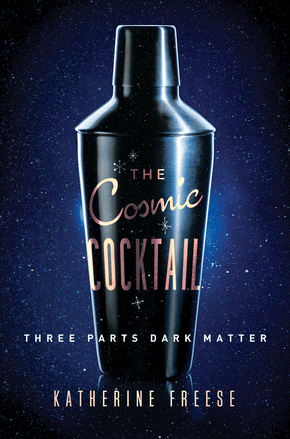What is the Universe made of?” This question is the longest outstanding problem in all of modern physics and one of the most important research topics in cosmology and particle physics today. The bulk of the mass in the Universe is thought to consist of a new kind of dark matter particle, and the hunt for its discovery in on. I'll start by discussing the evidence for the existence of dark matter in galaxies, and then show how it fits into a big picture of the Universe containing 5% atoms, 25% dark matter, and 70% dark energy. Neutrinos constitute ½% of the content of the Universe and we are nailing down their properties with cosmological data. Leading candidates for the dark matter include axions and Weakly Interacting Massive Particles (WIMPs), a generic class of particles that are electrically neutral and do not participate in strong interactions, yet have weak-scale interactions with ordinary matter. I’ll discuss multiple approaches to experimental searches for WIMPS: at CERN in Geneva, in underground laboratories, with astrophysical searches, looking for tracks in ancient rocks. I’ll tell you about our novel idea of Dark Stars, early stars powered by dark matter annihilation, and the possibility that the upcoming James Webb Space Telescope could find them. Current results from the DAMA experiment keep getting more puzzling and the interpretation in terms of dark matter will be tested soon. I’ll end with new approaches to test the nature of Dark Matter: the GAIA satellite and stellar streams as tests of the Cold Dark Matter paradigm.


